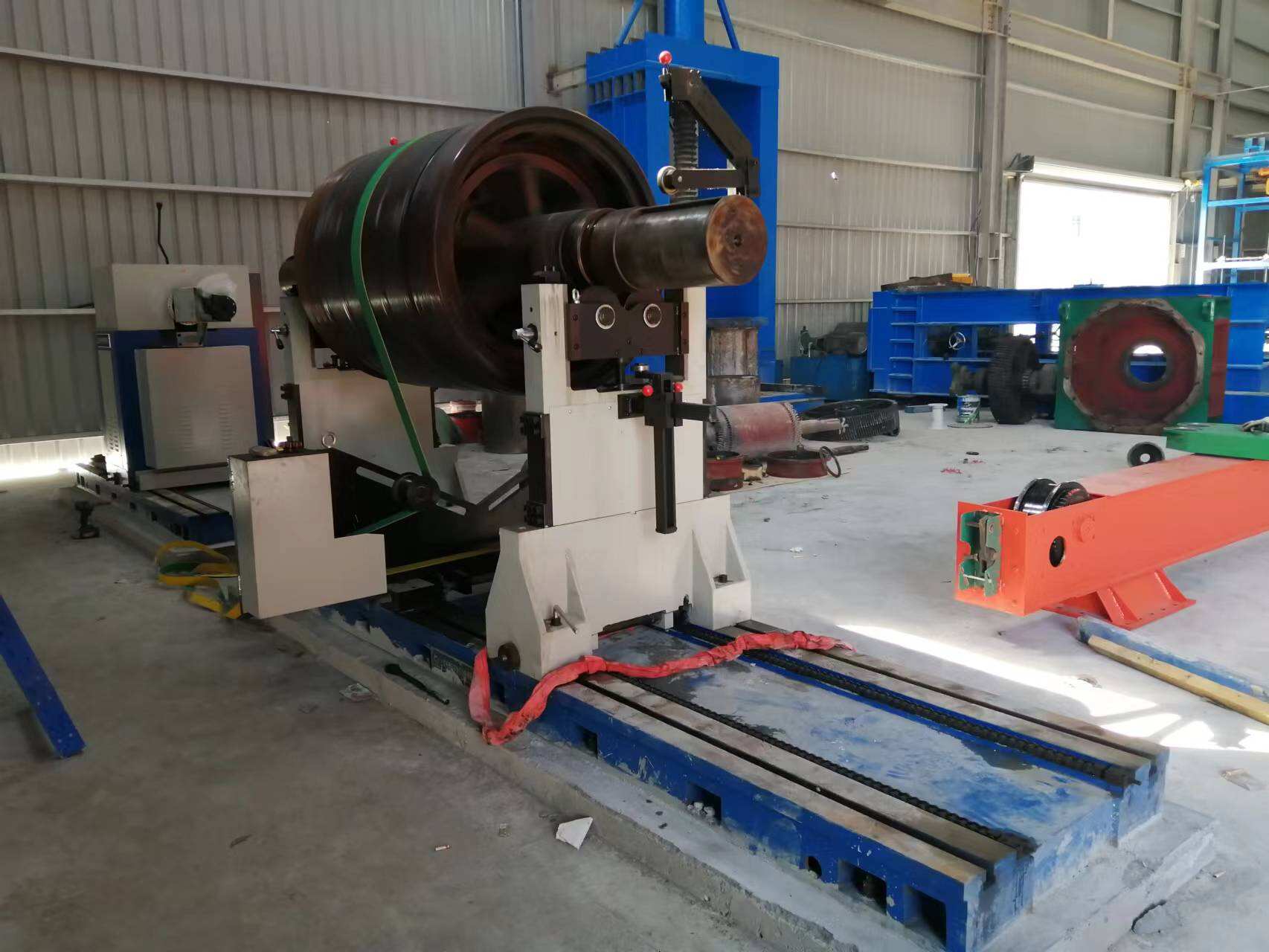flywheel balancing for automotive engines
Flywheel balancing for automotive engines is a critical maintenance procedure that ensures optimal engine performance and longevity. This precise engineering process involves the careful measurement and adjustment of the flywheel's weight distribution to eliminate vibrations and ensure smooth engine operation. The flywheel, a heavy disc attached to the engine's crankshaft, serves multiple purposes including storing rotational energy, smoothing out engine power pulses, and providing the necessary inertia for consistent engine operation. The balancing process uses sophisticated electronic equipment to detect even minimal imbalances that could cause vibrations, increased wear, and reduced performance. Technicians mount the flywheel on a specialized balancing machine that spins it at high speeds to measure any weight discrepancies. Through strategic material removal or weight addition at specific points, they achieve perfect balance. This process is particularly crucial for high-performance engines and vehicles where even slight imbalances can affect engine efficiency and driving comfort. Modern flywheel balancing techniques incorporate computer-aided precision measurements and laser-guided adjustments to achieve optimal results, ensuring that the engine operates at peak efficiency while minimizing wear on related components such as the clutch, transmission, and engine bearings.


